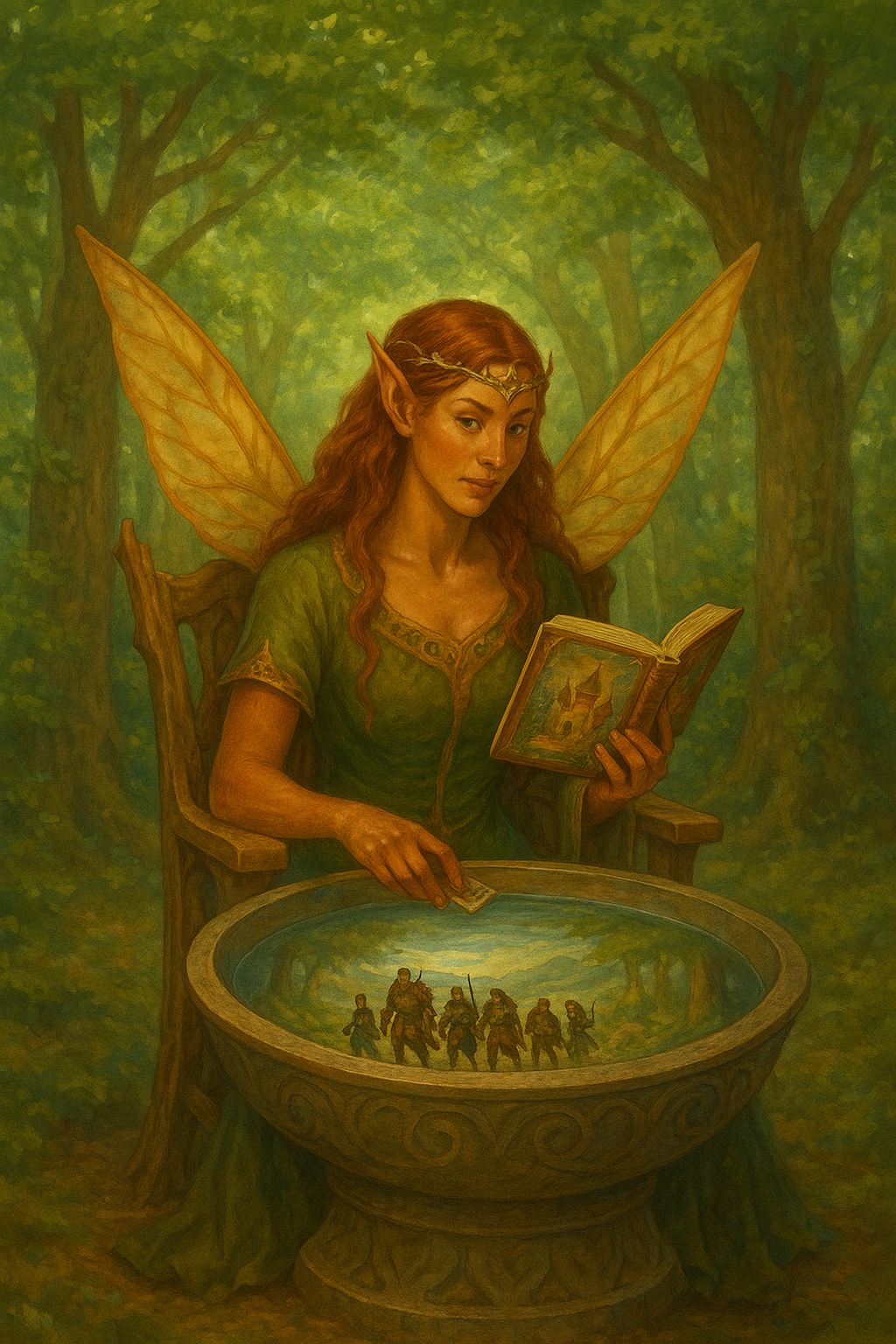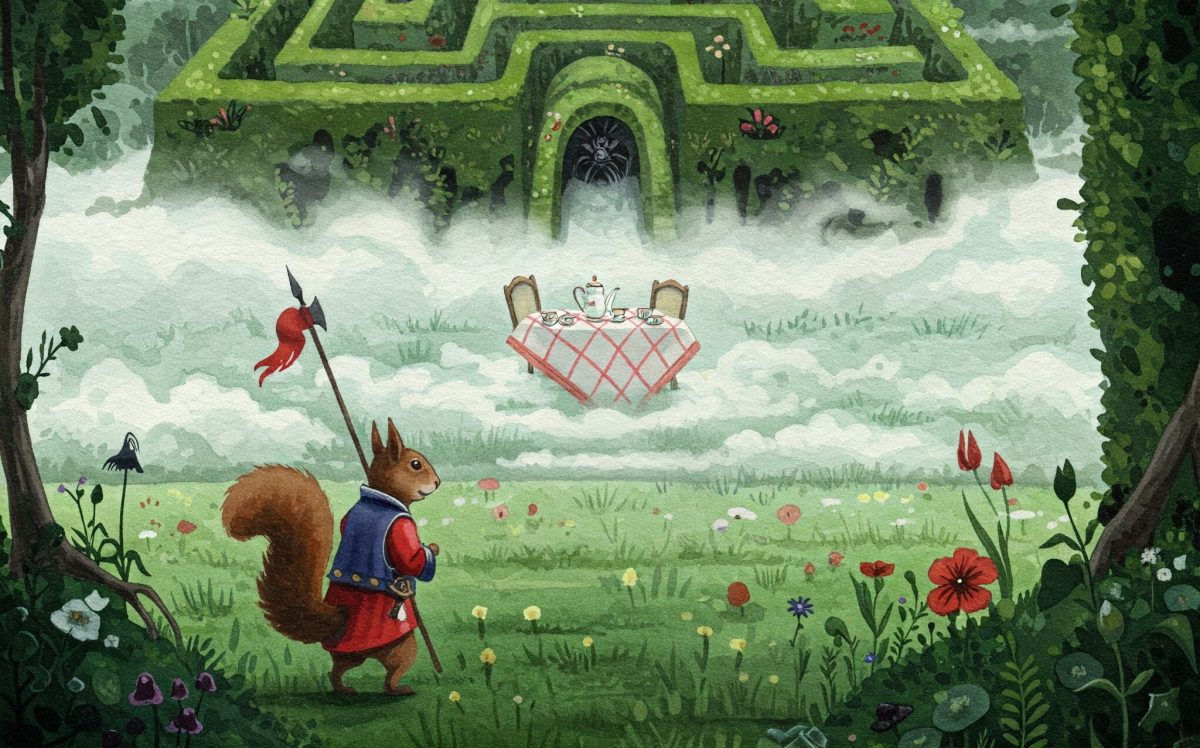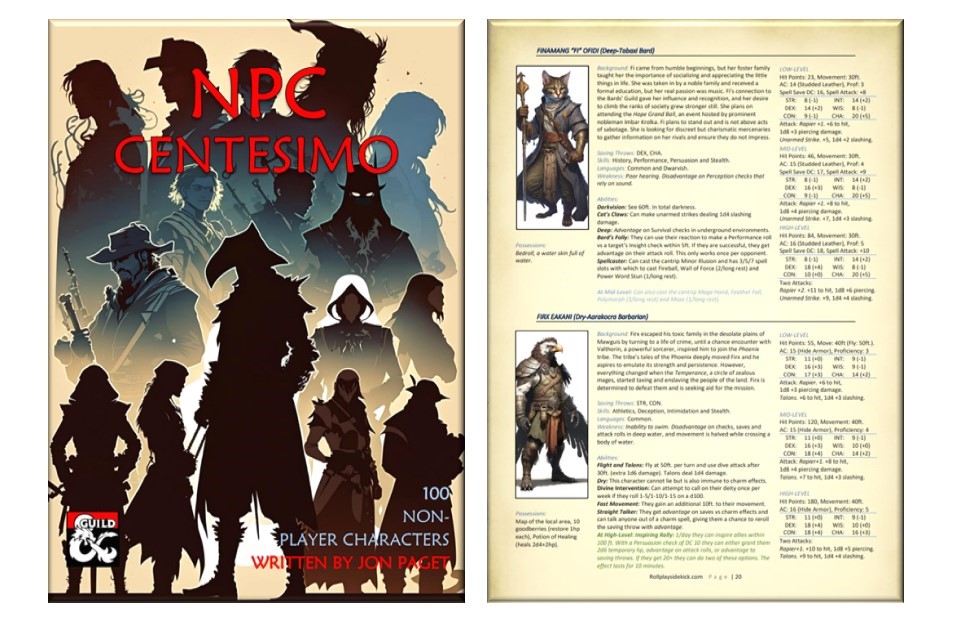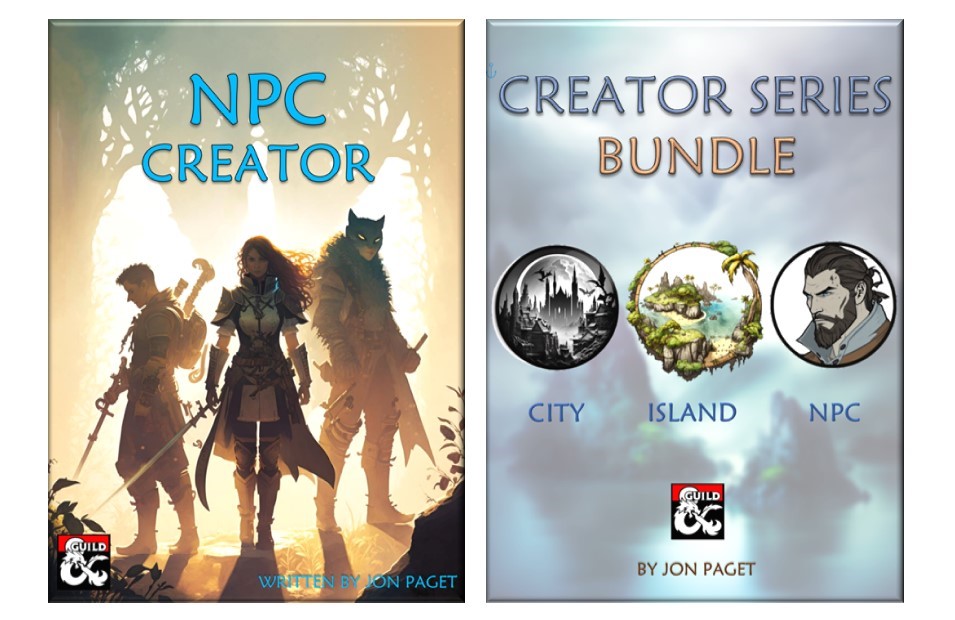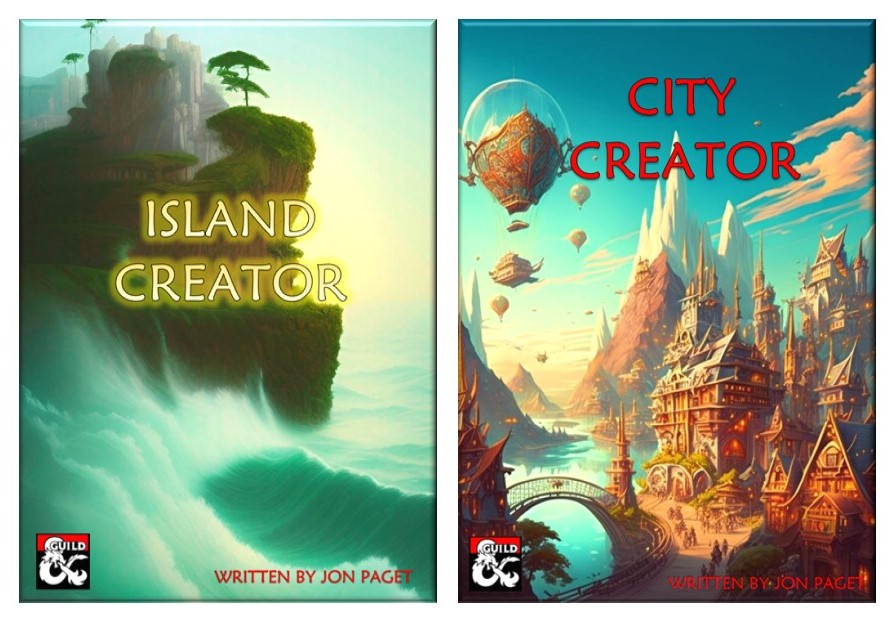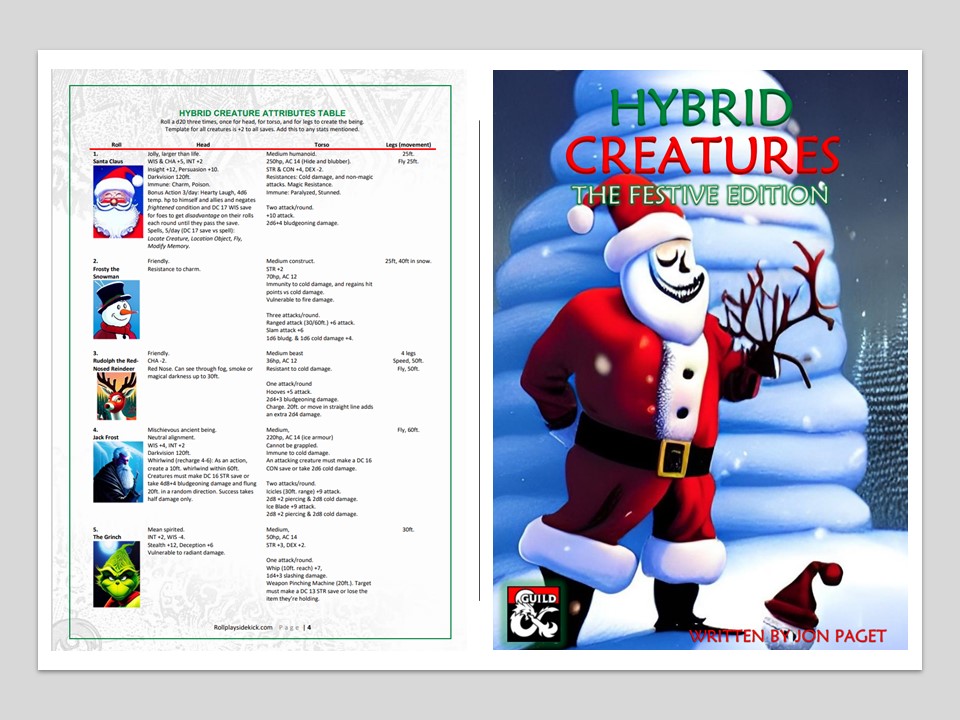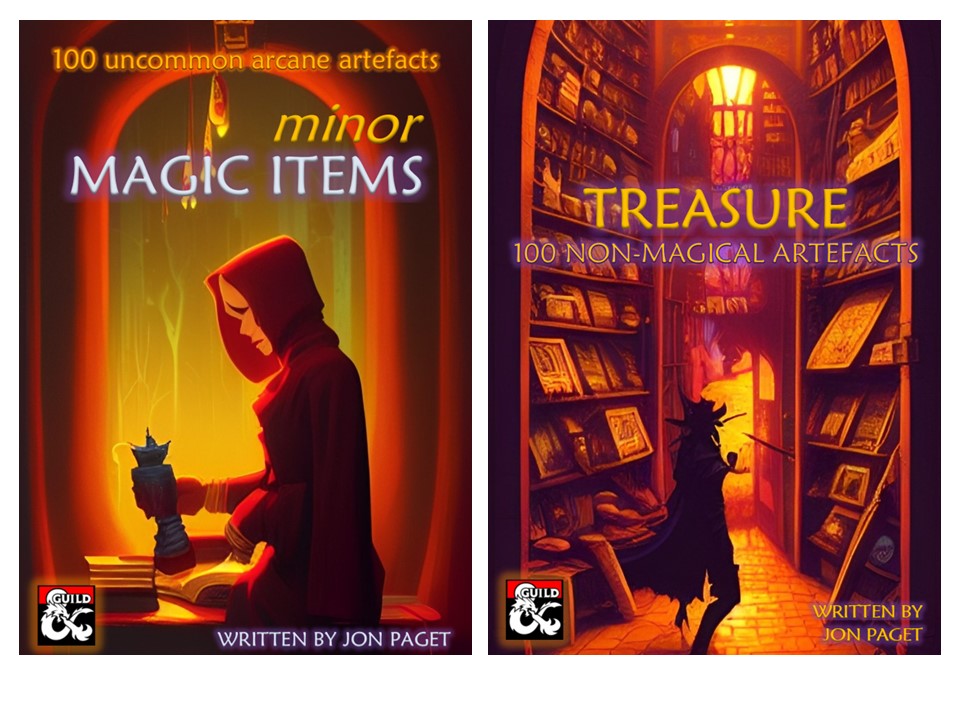What started as five adventures became six quests and 100 magic items!
I wanted to add to my Dangers Series, which while time consuming is really exciting to create and, I think, really useful for DMs. The concept of the Dangers series is to create one-shot adventures (quests that can be completed in one or two D&D home sessions) in as simple a format as possible. This means finding ways to provide ideas and information in a clear and concise way, so that DMs don’t have to turn multiple pages to look for spells or monster stat blocks.
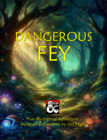
Dangerous Fey is the latest in the series, and like the others pack a LOT of adventure into its 20 pages. Five different adventures providing different locations to explore, NPCs to interact with, fey monsters to encounter, and treasure to loot. Creating the adventures was a lot of fun, and I used different creature encounters for each one, so as to give each one a unique feel. Replayability was also an important factor. In each adventure there are encounter tables that make every play-through different.
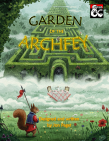
Garden of the Archfey is the adventure that simply refused to abide by the rules I had set for the Dangerous Fey series. It wanted to expand and offer different, fun locations to explore within the Archfey’s strange and whimsical garden. It also has its own unique NPCs, encounters and and magic items selection.
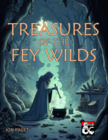
Treasures of the Fey Wilds. I had already created two item collections from the Dangers series, but with this one, the items don’t appear anywhere else in the series, they are unique to this book. I dearly love creating magic items and giving them a fey twist was a lot of fun. Magic and mischief are abundant in the playful but dangerous fey wilds, so the magic items reflect that feeling of beautiful fun on the edge of chaos.
Each book can be collected individually or at a discount through DMs Guild as the Fey Bundle.

